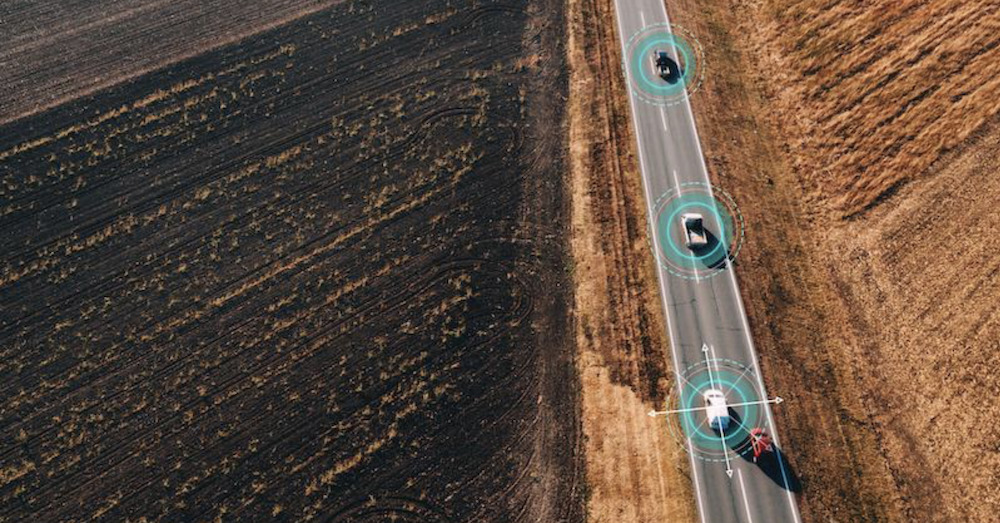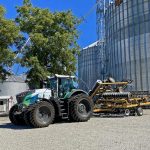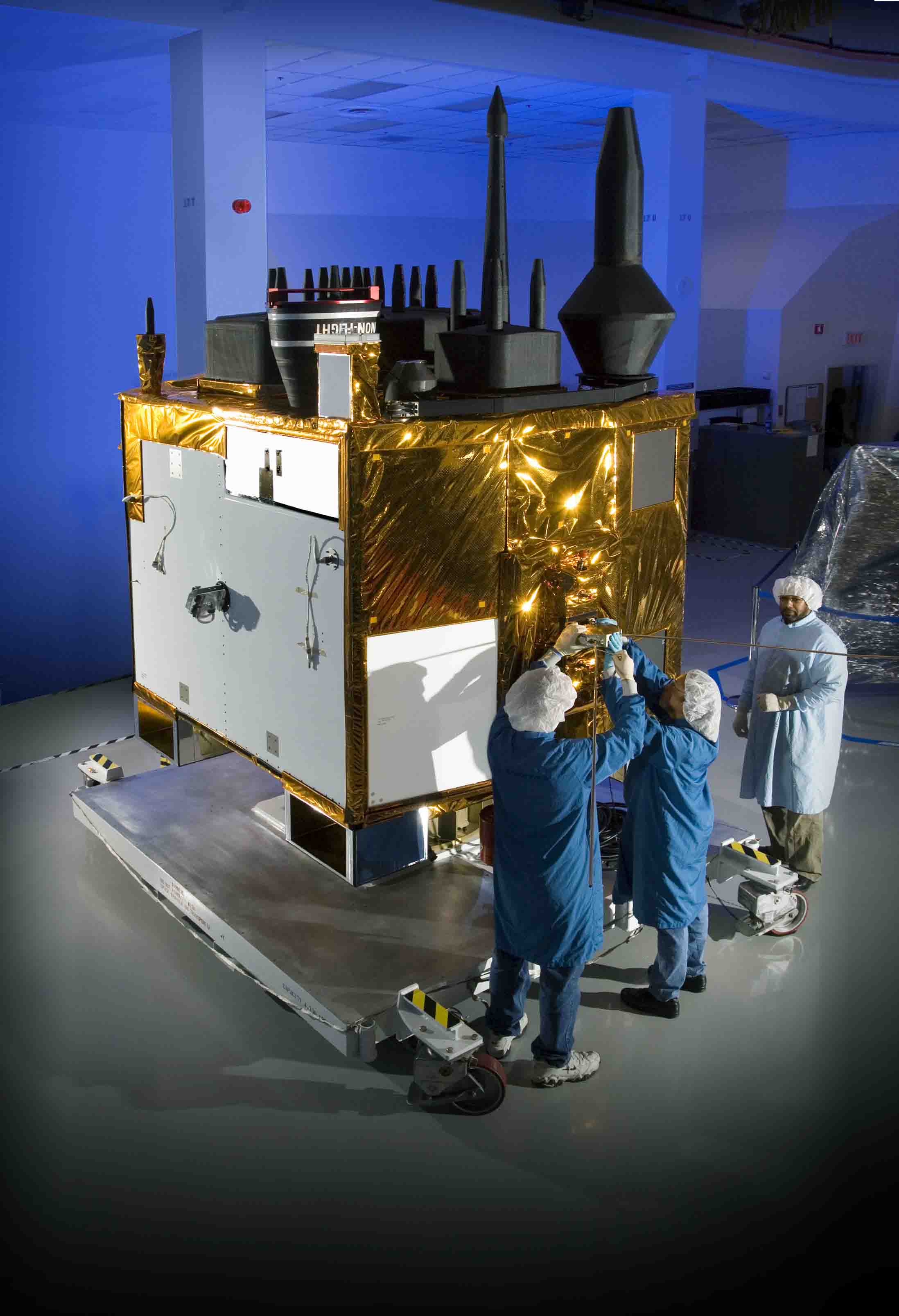Rural roadways comprise 91% of U.S. public roadway mileage. Though only around 19% of the population lives in rural areas, around half of all traffic fatalities occur on rural roadways.
Now consider that rural communities have the highest percentage of transportation challenged individuals that might experience anything from cognitive decline to visual and physical impairments. These individuals often have the greatest need for transportation, but little access to public transit options. By 2045, the number of drivers aged 65 and older will increase 77% according to the United States Department of Transportation, Beyond Traffic 2045.
All these stats and conditions make rural roads fertile ground for self-driving vehicles.

Hear how the project team at the University of Iowa’s National Advanced Driving Simulator (NADS) transportation safety research center is helping shape the future of autonomous driving in rural—and urban—communities. As the first federally funded program focused on this area of research, the Automated Driving System (ADS) for Rural America demonstration project is focused on identifying challenges, opportunities, and much needed insights relevant to advancing the safe operation of automated vehicles in non-urban conditions.
Omar Ahmad will describe the vehicle, a custom-built, drive-by-wire Ford Transit 350HD passenger van, ideal for people with limited mobility and disabilities, and the continually advancing technology, a modified suite of sensors, hardware, and the Apollo autonomous driving platform deployed by AutonomouStuff.
He’ll also outline the complex route—a 47-mile loop from Iowa City through rural areas and small towns (Kalona, Riverside and Hills) that represent all of the different roadways that an automated vehicle might have to navigate in a rural environment. The passenger van travels through inclement weather, along roads with inconsistent lane markings and surface conditions as well as a great disparity in speed and shares the road with a range of vehicle types including horse-drawn carriages and agricultural equipment.
Want to know what happens when your sensors ice over or your navigation system shuts down, but the rest of your system does not know it? These are the questions getting asked and answered in this program.
Particularly unique to the program is the participation of area residents who volunteer as passengers during the test drives. The passengers and the safety drivers are surveyed about their experiences aboard the automated shuttle bus and have biometric data recorded and synchronized with camera footage and raw data from LiDAR and radar sensors.
The overall goal of the ADS for Rural America is to demonstrate current autonomous capabilities on a complex rural route and then document where the technology works and, more importantly, where and why the technology doesn’t work.
The first three phases of the ADS for Rural America program were completed in 2021 and early 2022. The final three phases will be completed between June 2022 and May 2023. Phase four will focus on autonomous operations along unmarked and gravel roads, phase five will be V2X and phase six will add parking areas and the full route.
By the end of the study, the ADS for Rural America project will gather and generate a wealth of publicly available data on rural roadways that can address a variety of questions among a diverse set of end-users to safely integrate ADS into all U.S. roadways. Data collected will be provided to the U.S. DOT to support safety and rulemaking priorities and be available to researchers and developers for continuous advancement in ADS.
To see Omar Ahmad, NADS Deputy Director, Project Manager, ADS for Rural America, live presentation, you can register here.






